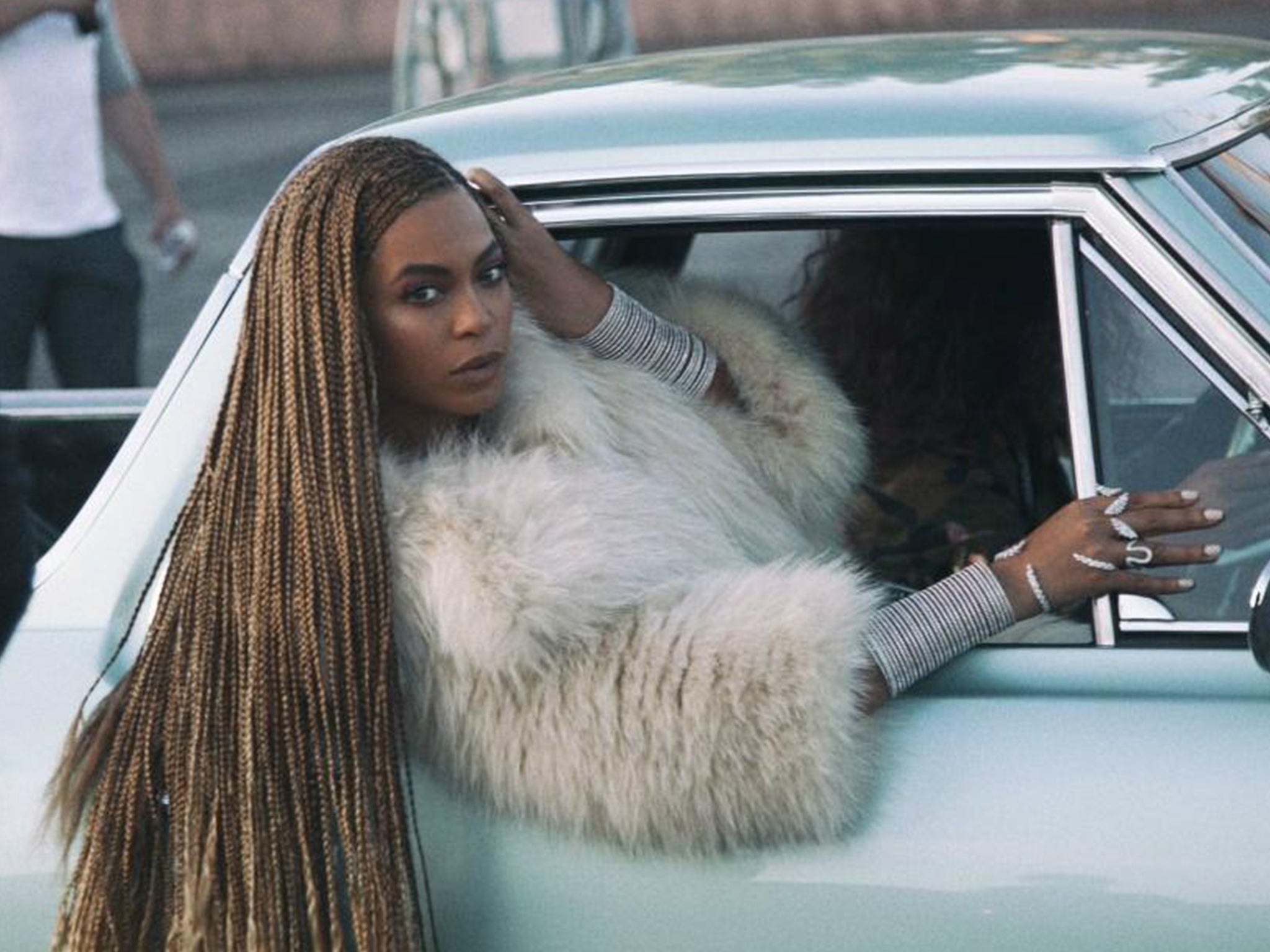Beyoncé's Lemonade and the uneven history of the visual album
Visual albums tend to be an afterthought, pegged on to deluxe editions or re-releases - until now.

Whatever the time, regardless of plans, Beyoncé is the kind of artist who’ll make you down tools, stop everything and listen.
While Jay-Z cowered and counted his blessings, last weekend millions of Beyoncé fans scrambled towards Lemonade, her second surprise album in the space of three years.
What’s more, Queen Bey didn’t just unveil twelve new tracks and a sea of trouble for Jay - this was a visual album. A visual album, in fact, ignoring the similar card played in 2013 with her self-titled LP. Debuted via a sixty-minute HBO documentary, Lemonade was being billed as the first of its kind. Never before had music and visuals been combined so seamlessly, on such a big scale. That was the claim, at least.
Over a dizzying hour, Bey makes her point with the help of A-list directors. Jonas Åkerlund - best known for filming Madonna in snappy triple-speed for ‘Ray of Light’ - gets on board for ‘Hold Up’. Mark Romanek filmed some dubious shots for Taylor Swift’s ‘Shake It Off’ video, and he’s behind the camera for ‘Sandcastles’. Lemonade’s accompanying film is big, full of bravado, and it takes the same no-prisoners, Jay’s-in-trouble narrative as the album itself.
Without exception, no visual album has ever been delivered on this scale, hence the definitive claim. In terms of viewers, budget and boldness, nothing comes close. Even when Beyoncé first tested the format in 2013, fans had an option to experience a record with or without video, downloading either or both on iTunes. For those discovering Lemonade’s existence on HBO, this was their first experience of the record - a full-blown extravaganza of an introduction.
The standard’s been set. But let’s not forget about those who’ve dabbled with visual albums in the past.
Suede’s seventh album, Night Thoughts, came backed by a bleak and eerie feature-length film directed by Roger Sargent. The film acted as a silent movie when the Britpop darlings debuted material at London Roundhouse last year, Sargent’s work projected behind Brett Anderson and co as they made their live return.
With Night Thoughts, Suede didn’t have visuals in mind from the beginning. Sargent was handed the songs and a brief concept, and off he ran with his own adaptation. They didn’t have the world’s biggest television network on side, so instead they opted for a 1,500 capacity venue in London. It still worked.
With a fraction of the budget, Noah and the Whale attempted something similar with their downtrodden break-up album, The First Days of Spring. Charlie Fink, who fronted the now disbanded group, begged his label Mercury for funds, recruited Daisy Lowe for a role and directed the whole thing himself. A film carrying the same name as their second album debuted at Latitude Festival in 2009, just before the band wrestled with the big time for a fleeting couple of years. It was a tender - albeit twee - affair, but it showcased a new side to a band still taking their first steps - a bold move.
Enjoy unlimited access to 100 million ad-free songs and podcasts with Amazon Music
Sign up now for a 30-day free trial. Terms apply.
ADVERTISEMENT. If you sign up to this service we will earn commission. This revenue helps to fund journalism across The Independent.
Enjoy unlimited access to 100 million ad-free songs and podcasts with Amazon Music
Sign up now for a 30-day free trial. Terms apply.
ADVERTISEMENT. If you sign up to this service we will earn commission. This revenue helps to fund journalism across The Independent.
Besides those acts, visual albums tend to be an afterthought, pegged on to deluxe editions or re-releases. At the very least, they’re not given the same merit or standing, where fans are exposed to music and film at the same time, for the first time. On every song from his bad-guy-gone-good breakthrough Purpose, Justin Bieber delivered an accompanying video. Diverse clips tackled religion, love and breakdancing in supermarkets (obviously), all branded under the name Purpose: THE MOVEMENT. Each video was all well and good, but few threaded together with a great deal of cohesion. Saying that, there’s no denying Beliebers were and still are obsessed - each clip averages around 20,000,000 views on Bieber’s YouTube.
Cabin-hugging deep-thinking Bon Iver tried something similar in 2011, giving each track on the deluxe edition of Bon Iver a surreal clip to match. These tended to consist of vast landscapes, blurred abstractions and not a great deal more. For all the beauty of a gorgeous skyline, these acted more as an elaborate background visualiser than something to really engage with. Justin Vernon has a thing or two to learn from Beyoncé if he’s to ever apply a storyline to these audiovisual moves.
The point being - Beyoncé can rightfully lay claim to releasing the first two visual albums of this stature, certainly the first with so much gravity attached. On Lemonade, the visuals match the narrative, rather than working in parallel like the attempts that emerged previously. In fact, the only artist who’s truly married music, choreography and moving pictures with similar fusion is FKA twigs, whose M3LL155X EP came out last year in similar form to Lemonade. If anyone else is capable of pointing the format towards exciting territory, it’s Twigs. She can provoke, inspire and test boundaries at the same time. Don’t bet against her second full-length - or whatever else she opts for, instead of a standard route - taking the visual album to new lengths. But very few acts have the capability - and let’s be realistic, the budget - to make the next move.
Join our commenting forum
Join thought-provoking conversations, follow other Independent readers and see their replies
Comments